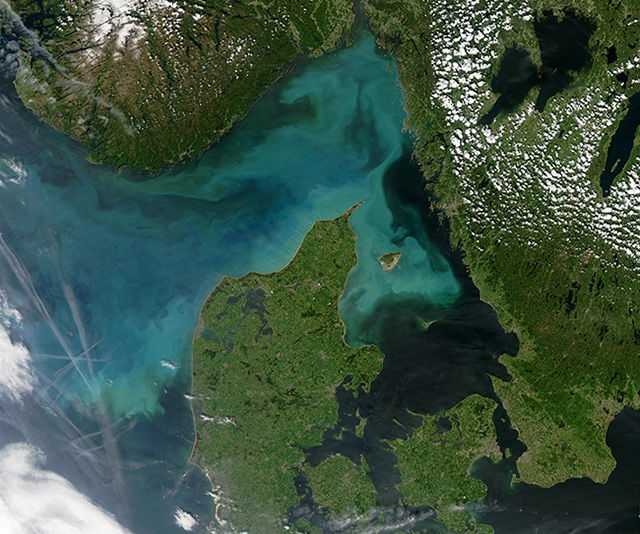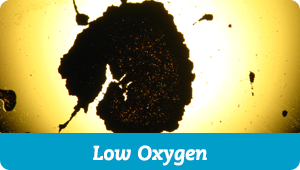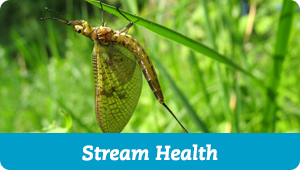Not all human waste ends up in a trash bin. A fair amount of it washes down drains, off yards and into the sewer. This kind of garbage doesn’t pile up in our houses, so it can be easy to overlook. But waste, like all other materials, obeys the laws of physics: Everything flows downstream.
Scientists call the total area of land that drains into a body of water a watershed. Some watersheds are enormous. Chesapeake Bay—the largest estuary in the U.S.—has a watershed of more than 64,000 square miles and 17 million people. The entire District of Columbia and parts of six different states drain into it: Maryland, Virginia, West Virginia, Delaware, New York and Pennsylvania. Everyone, regardless of where they live, is part of a watershed somewhere.
Of all the chemicals draining off the land, nutrient pollution gets some of the most attention. Nutrient pollution includes chemicals like nitrogen and phosphorus, which are common in many fertilizers. Because of that, agriculture contributes a great deal to the load. But nitrogen and phosphorus can come from almost anywhere—sewage, backyards, urban runoff, even exhaust fumes from cars and power plants.
The other high-profile pollutant is mercury. Its most dangerous form, the neurotoxin methylmercury, can damage the immune and nervous systems of animals high enough in the food chain like humans. Methylmercury (CH3Hg) forms with the help of microbes generally found in aquatic soils. But elemental mercury can journey halfway across the world to get there. Coal-burning power plants account for the largest fraction of mercury spewed into the air. Other sources include light bulbs (including CFLs) and gold mines.
Once these chemicals reach the water, they can return in ways they make our lives much more difficult.

A large phytoplankton bloom off the coast of Denmark. Viewed from satellites, phytoplankton blooms appears as bright blue and green swirls in the ocean. ©Jeff Schmaltz, NASA/GSFC
Consumers have learned to be wary of albacore tuna and other high-level seafood that could contain mercury. Nutrients take a more bottom-up approach. By feeding microscopic algae called phytoplankton, they create layers of harmful algal blooms. These scum-like coatings block light and drain oxygen from the water, making it difficult or impossible for creatures beneath them to survive. Seagrasses disappear, and with them the habitat they provided to young crabs and other small animals. Oysters, struggling in the low-oxygen waters, become more vulnerable to parasites and disease.
There is good news: If society has the power to create these problems, society also has the power to solve them. Sometimes nature offers a hand. Streamside forests, or riparian buffers, can filter some chemicals out of the water before they reach a major river or bay. And there are many things people can do in their daily lives to reduce pollution. Find some ideas here.





